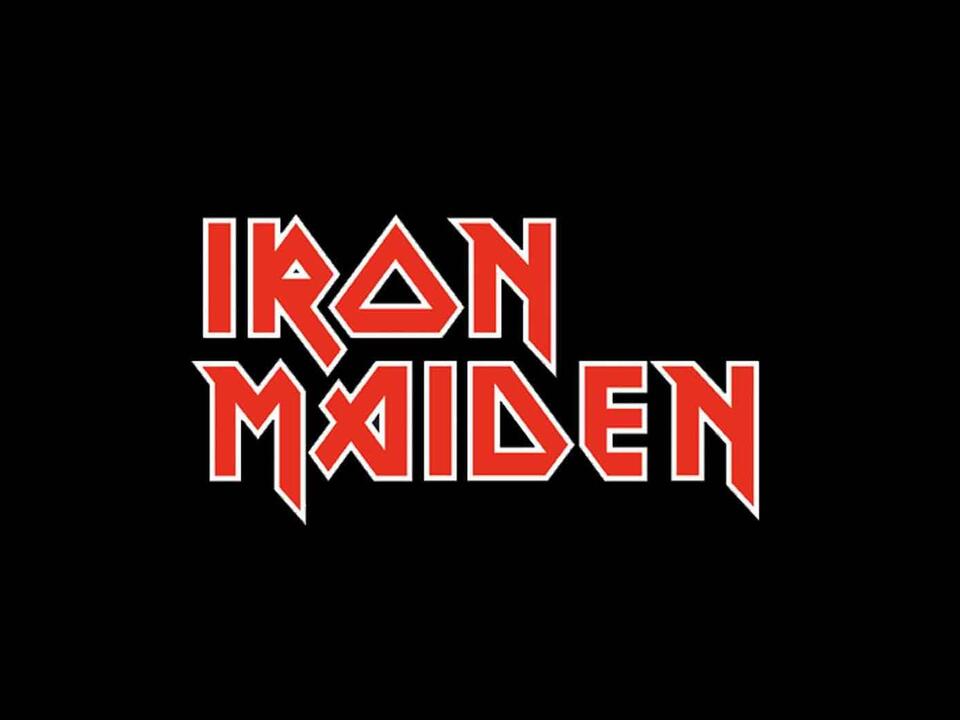Unveiling the Roar: Discovering the Legacy of the Original Iron Maiden Singer
For millions around the world, Iron Maiden is more than just a band; it’s a global phenomenon. Their thunderous riffs, intricate song structures, and iconic mascot, Eddie, have cemented their place in the pantheon of heavy metal. But before Bruce Dickinson’s soaring vocals became synonymous with the band, another voice ignited the Maiden flame. This article delves into the legacy of the original Iron Maiden singer, exploring his contributions, impact, and the lasting influence he had on the band’s early success.
The Genesis of a Metal Legend: The Paul Di’Anno Era
Before the stadium-filling anthems and operatic performances of Bruce Dickinson, Iron Maiden was a raw, aggressive force fueled by the vocals of Paul Di’Anno. Di’Anno, born Paul Andrews, joined the band in 1977, shaping the sound that would ultimately launch them to stardom. His voice, a snarling blend of punk-rock energy and metal grit, defined the band’s early sound. He brought a streetwise edge and a raw intensity that resonated with the burgeoning heavy metal scene of the late 70s and early 80s.
Defining the Sound: Di’Anno’s Impact on Iron Maiden’s Early Albums
Di’Anno’s voice is indelibly linked to two of Iron Maiden’s most influential albums:
- Iron Maiden (1980): The debut album, a landmark in heavy metal, showcases Di’Anno’s powerful vocals on tracks like “Running Free,” “Phantom of the Opera,” and “Iron Maiden” itself. His delivery perfectly captured the band’s blend of speed, aggression, and melodic sensibility. This album laid the foundation for their global success.
- Killers (1981): This sophomore effort saw the band honing their songwriting and refining their sound. Di’Anno’s vocals remained a cornerstone, driving tracks like “Wrathchild,” “Murders in the Rue Morgue,” and the title track. While musically more complex than the debut, Di’Anno’s raw energy still shines through.
His vocal style, characterized by its aggressive attack and punk-influenced snarl, became a defining characteristic of the band’s early sound. It provided a stark contrast to the more operatic approach later employed by Dickinson.
The Parting of Ways: Why Di’Anno Left Iron Maiden
Despite the success, the partnership between Di’Anno and Iron Maiden was ultimately short-lived. Several factors contributed to his departure in 1981:
- Musical Differences: As the band matured, they began to explore more complex song structures and a wider range of musical styles. Some accounts suggest Di’Anno struggled to adapt to these changes.
- Lifestyle Issues: Reports of substance abuse and a demanding touring schedule reportedly impacted Di’Anno’s performance and reliability.
- Band Dynamics: Tensions within the band, exacerbated by the pressures of touring and recording, ultimately led to the decision to part ways.
Beyond Iron Maiden: Di’Anno’s Post-Maiden Career
After leaving Iron Maiden, Di’Anno embarked on a solo career and joined various other bands, including:
- Gogmagog: A short-lived supergroup featuring Clive Burr (Iron Maiden drummer) and Janick Gers (Iron Maiden guitarist).
- Battlezone: Formed in the mid-1980s, Battlezone released two studio albums showcasing Di’Anno’s continued commitment to heavy metal.
- Various Solo Projects: Di’Anno released a string of solo albums and continued to tour the world, performing Iron Maiden classics and his own material.
He remained a figure of interest for metal fans, regularly performing at festivals and conventions. His voice, though altered by the passage of time and health issues, still held a recognizable power.
The Enduring Influence: Di’Anno’s Legacy on Heavy Metal
Paul Di’Anno’s contributions to heavy metal are undeniable. His raw, punk-infused vocals laid the groundwork for Iron Maiden’s early success, shaping their identity and influencing countless bands that followed. He helped define the sound of New Wave of British Heavy Metal (NWOBHM) and his impact can still be heard in the music of many contemporary metal acts. He remains a legendary figure, forever enshrined in the history of Iron Maiden and the broader heavy metal genre.
FAQs: Your Questions Answered
1. What is Paul Di’Anno best known for?
Paul Di’Anno is best known for being the original vocalist of Iron Maiden and for singing on their first two studio albums, Iron Maiden and Killers.
2. Why did Paul Di’Anno leave Iron Maiden?
Di’Anno left Iron Maiden due to a combination of factors, including musical differences, lifestyle issues, and tensions within the band.
3. What is Paul Di’Anno doing now?
Paul Di’Anno continued to perform and record music throughout his career. While his health has presented challenges in recent years, he’s remained a beloved figure in the metal community.
4. How does Paul Di’Anno’s voice compare to Bruce Dickinson’s?
Di’Anno’s voice was raw, aggressive, and punk-influenced, while Dickinson’s is more operatic, powerful, and technically proficient. Both vocal styles were crucial to Iron Maiden’s success, but offered very different approaches.
5. Where can I listen to Paul Di’Anno’s music?
You can find Paul Di’Anno’s music on various streaming platforms like Spotify, Apple Music, and YouTube. Search for Iron Maiden’s first two albums, and his solo material.
Conclusion
Paul Di’Anno’s tenure with Iron Maiden, though relatively brief, was transformative. His voice, infused with punk rock energy and raw metal grit, helped shape the band’s early sound and catapult them to fame. While the band evolved and found new heights with Bruce Dickinson, the legacy of Paul Di’Anno remains a vital part of Iron Maiden’s story and a testament to the power of raw, unadulterated heavy metal. He remains a vital figure in metal history, and his contribution is still felt and celebrated today.




